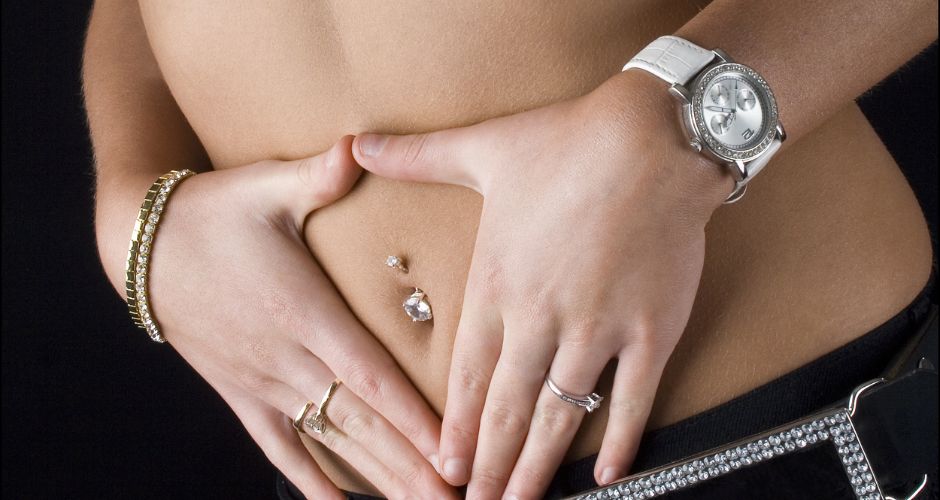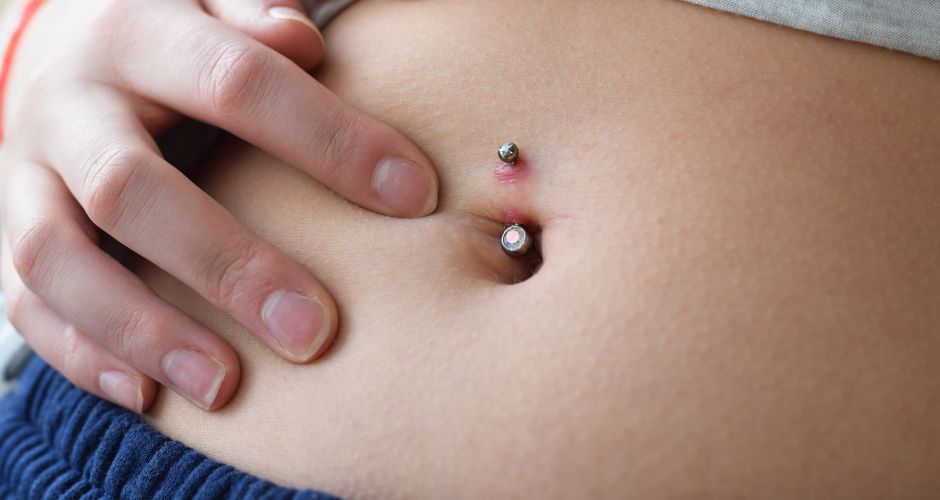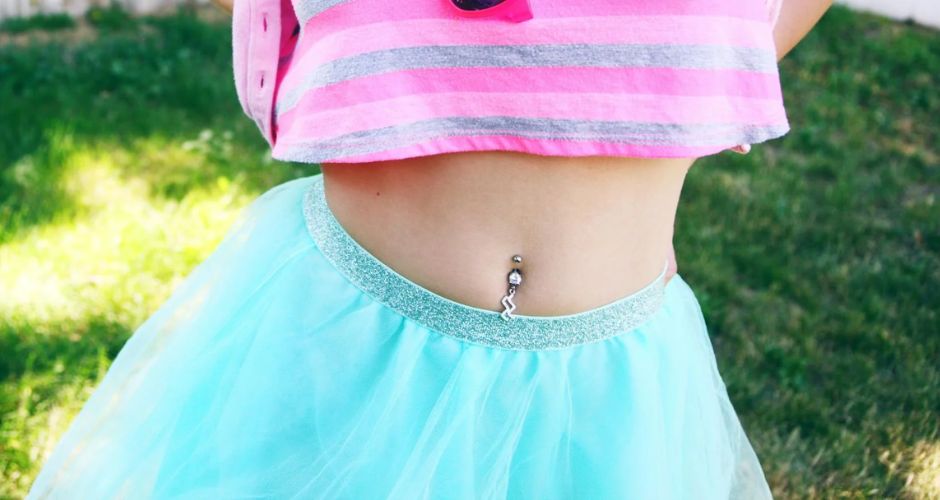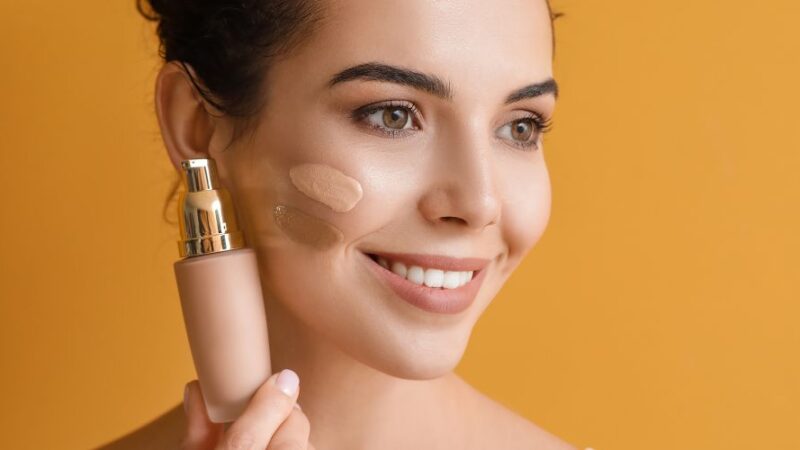How to Pierce your Belly Button? Updated Guide

Belly button piercings have remained a popular choice for body modification enthusiasts for years, thanks to their minimal pain levels and ease of care. While they offer a stylish way to enhance your personal style, it’s essential to understand the risks involved and ensure proper care.
What It Is?
Belly button piercing involves creating a small hole in the skin around the navel and inserting jewelry, such as a barbell or ring, through the piercing site. The procedure is typically performed by a professional piercer using sterile equipment to minimize the risk of infection.
Choosing a Professional Piercer
Before getting a belly button piercing, it’s crucial to research and choose a reputable and experienced piercer. Look for a piercer who follows strict hygiene practices, uses sterile equipment, and has a good reputation for providing safe and quality piercings. You can ask for recommendations from friends or read online reviews to find a reliable piercer in your area.
Understanding the Piercing Process
The belly button piercing process typically involves the following steps:
- Consultation: Your piercer will discuss the piercing procedure, jewelry options, and aftercare instructions with you.
- Preparation: The area around your navel will be cleaned and marked to ensure precise placement of the piercing.
- Piercing: Using a sterile needle or piercing gun, the piercer will create a hole in the skin and insert the chosen jewelry.
- Aftercare: Your piercer will provide detailed aftercare instructions to promote healing and prevent infection.

Choosing the Right Jewelry
When you initially get a belly button piercing, your choices in jewelry are typically limited to styles recommended by your piercer to promote optimal healing.
1. Curved Barbell: The curved barbell is the traditional and widely preferred choice for belly button piercings. Its slight curvature outward accentuates the belly button and conforms well to the body’s natural shape. Typically, this jewelry features small beads on each end, with one end being adjustable or removable for easy jewelry changes.
2. Twister Spiral: Twister spiral jewelry offers a unique and eye-catching option for belly button piercings. Curved in both directions, this style is known for its playful design and ability to make a statement. Additionally, its design is said to minimize stress on the navel area, enhancing comfort.
3. Captive Bead: With captive bead jewelry, size plays a crucial role. Available in 14- and 16-gauge sizes, this style hugs the navel and lays outward, showcasing the side of the ring. Captive bead rings offer a versatile look and are suitable for various belly button shapes and sizes.
4. Reverse/Top-Down: The reverse or top-down style of belly button jewelry typically features a larger decorative element positioned above the navel, with a smaller part inside it. This style allows for flexibility in how the jewelry is worn, offering options for personalization and customization.
5. Dangle: Dangle jewelry is ideal for individuals looking to showcase their belly button piercing. Featuring a curved barbell as the base, dangle jewelry comes in a wide range of designs, including stones, jewels, or charms hanging off the end of the ring. This style adds a touch of glamour and flair to your piercing.
6. Non-Dangle: For those leading an active lifestyle or preferring a more discreet look, non-dangle jewelry is the perfect choice. This smaller style hugs closer to the belly button and is typically seen as a drop, hinge, or curved barbell. Non-dangle jewelry offers comfort and versatility for everyday wear.

Aftercare and Healing
Proper aftercare is essential to ensure a smooth healing process and prevent complications. Some general aftercare tips for belly button piercing include:
- Clean the piercing twice a day with saline solution or a mild, fragrance-free soap.
- Avoid touching or twisting the piercing, as this can introduce bacteria and delay healing.
- Wear loose-fitting clothing to prevent friction and irritation around the piercing site.
- Avoid swimming pools, hot tubs, and other bodies of water until the piercing is fully healed to reduce the risk of infection.
Potential Risks and Complications
While belly button piercing is generally safe when performed by a professional piercer using sterile equipment, there are some potential risks and complications to be aware of, including:
- Infection: If proper aftercare is not followed, the piercing site can become infected, leading to redness, swelling, pain, and discharge.
- Rejection: In some cases, the body may reject the piercing, causing the jewelry to migrate or be pushed out of the skin.
- Allergic Reactions: Some individuals may experience allergic reactions to certain metals used in belly button jewelry, such as nickel.
Belly button piercing is a popular and stylish form of body modification that allows individuals to showcase their unique personality and style. By choosing a professional piercer, understanding the piercing process, selecting the right jewelry, practicing proper aftercare, and being aware of potential risks, you can enjoy your belly button piercing safely and confidently for years to come.






